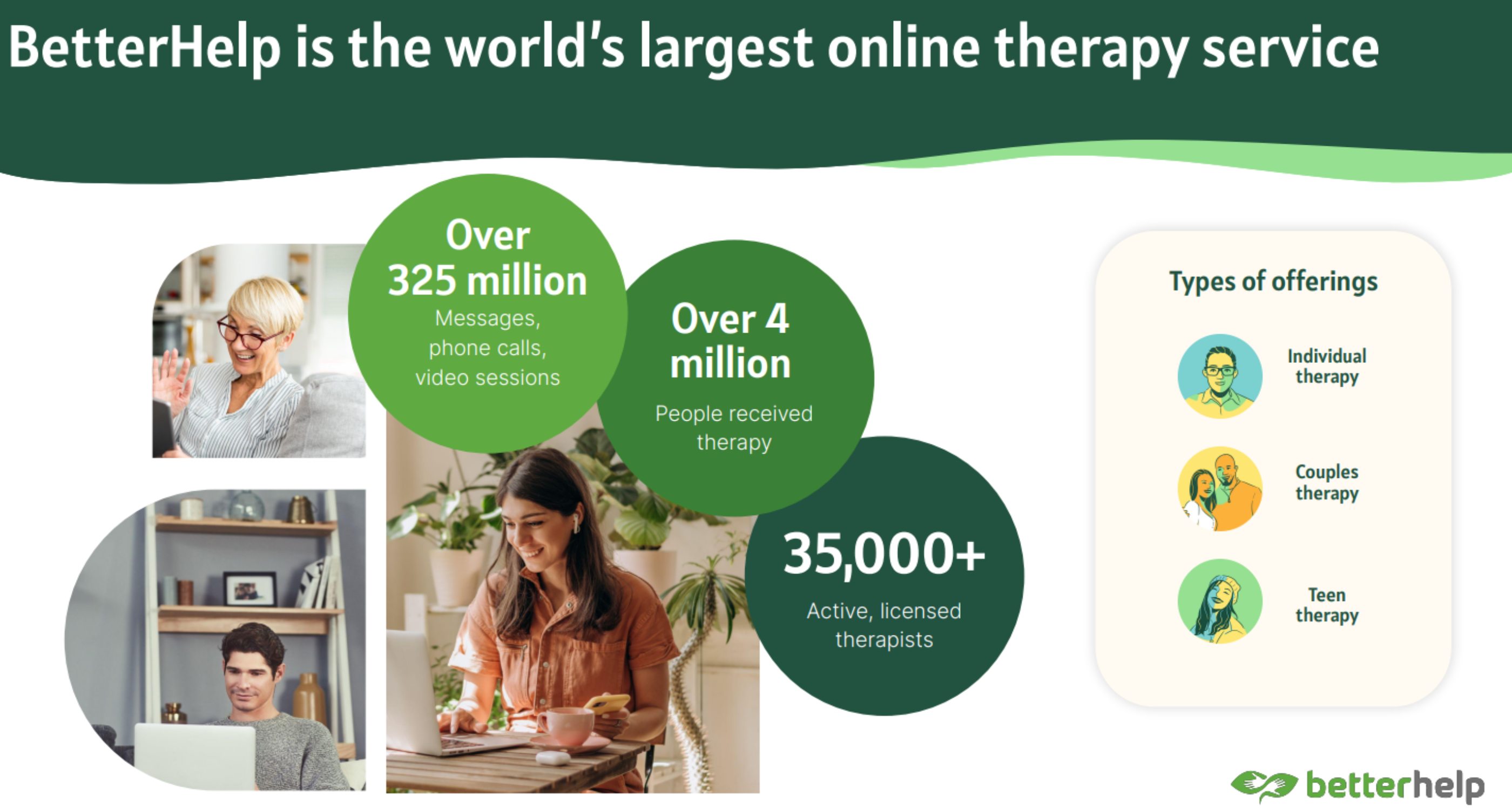When You’ve Been the Therapist in All Your Relationships
You notice it happening again. A conversation with a friend gradually shifts until you’re listening intently, asking thoughtful questions, creating space for their emotional process—while your own experience remains unexpressed. You feel the familiar sensation of fading slightly as your attention focuses completely on the other person. Your body settles into its accustomed position—perhaps leaning forward, head tilted attentively, your own needs and reactions carefully set aside. You’ve unconsciously slipped into the role you know best: being the therapist in your personal relationships.
This pattern extends beyond individual conversations. You’re the one friends call in crisis, the steady presence during others’ storms, the reliable source of perspective and emotional support. While there’s genuine satisfaction in offering care, you’ve begun noticing a persistent imbalance—relationships where you know others intimately while remaining largely unknown yourself.
I work with a man who realized he could describe his closest friends’ childhood wounds, relationship patterns, and deepest fears in remarkable detail, yet these same friends would struggle to name his core values or current challenges. “It’s like I’m behind a one-way mirror,” he explained, “seeing everything but never truly seen.” This recognition brought mixed feelings—pride in his capacity for empathy alongside grief for the authentic connection he himself had missed.
The origins of this pattern often trace to early experiences where emotional attunement to others became necessary for security or connection. A child with a volatile parent quickly learns to track subtle mood shifts, developing precocious sensitivity to others’ emotional states as a survival strategy. Another raised by a parent struggling with their own emotional regulation becomes the family’s de facto emotional manager. Still another discovers that providing support to others creates their only reliable access to positive regard or relational value.
These adaptations make developmental sense. The child who becomes exquisitely attuned to others’ needs often receives praise for being “mature,” “sensitive,” or “such a good listener”—external validation that reinforces the pattern. More importantly, this role offers genuine protection, creating predictability within chaotic environments and establishing clear relational value in systems where simply being might not feel like enough.
The physical manifestations of this pattern reveal its embodied nature. Many chronic “therapists” describe a characteristic sensation of energy flowing outward, attention projecting toward others while awareness of their own sensations diminishes. Some notice their breathing becoming shallower in this role, their body’s signals for hunger, fatigue, or emotional response fading from consciousness. Others recognize a subtle bracing quality, a vigilant readiness to respond to others’ needs that never fully relaxes.
This pattern creates specific consequences in adult relationships. The habit of focusing on others’ experiences while minimizing your own creates connections that, while emotionally intimate in one direction, remain fundamentally imbalanced. You know others deeply while revealing little, creating asymmetry that paradoxically blocks the very connection you seek. The genuine care you offer comes at the cost of your own visibility.
Try this experiment: In your next conversation, notice when you feel the impulse to ask a follow-up question, offer perspective, or focus completely on the other person’s experience. Instead of automatically responding from your therapist role, pause briefly and check: What am I feeling right now in my body? What might I want to express rather than just receive? How would it feel to share my own parallel experience rather than solely focusing on theirs? This small intervention begins creating space for more reciprocal engagement.
The shift from perpetual therapist toward authentic participant involves both physical and relational dimensions. One approach begins with reconnecting to your own embodied experience. Many habitual caretakers have lost familiarity with their own sensations, preferences, and reactions. Simple practices like pausing several times daily to notice your body’s signals—physical sensations, emotional tones, energetic states—help rebuild this essential self-connection.
Working with a woman who’d spent decades as the emotional container for everyone in her life, we began with basic self-connection exercises. She would set a timer to chime hourly, prompting her to pause and ask: What sensations am I experiencing right now? What emotions are present? What do I need in this moment? Initially challenging, this practice gradually strengthened her awareness of herself as someone with legitimate feelings and needs, not merely a responsive surface for others.
Another healing dimension involves cultivating relationships that can tolerate and welcome your whole self. This often begins with small experiments in vulnerability. The person accustomed to being the steady support might share a current struggle, express an authentic emotional response in the moment, or simply state a preference rather than always deferring to others. These seemingly minor shifts represent significant courage, challenging deeply held beliefs that relationships depend on your emotional caretaking.
Procrastination isn’t just laziness…
Physical practices support this relational recalibration. Many find that consciously grounding before social interactions helps maintain connection to their authentic presence. Try this: Before meeting with someone, take a few moments to feel your feet connecting with the floor, notice your breathing, and set an intention to remain present with your own experience alongside attention to the other. This brief centering helps counteract the habitual dissolution of self-awareness when in relationship.
The journey from reflexive therapist to authentic participant requires recognizing how this pattern has served you. Far from being a character flaw, your heightened empathy and emotional intelligence represent genuine strengths—just ones that have become imbalanced through overuse. The goal isn’t abandoning these capacities but expanding your relational range to include receiving as well as giving, being seen as well as seeing, expressing as well as witnessing.
One client found it helpful to explicitly name his pattern when beginning to shift it. With trusted friends, he would acknowledge: “I realize I’ve fallen into being the therapist in many of my relationships. I’m working on showing up more fully as myself and not just as a supportive presence for others.” This transparency created context for his changing behavior while inviting others to relate to him differently.
Importantly, the release of the perpetual therapist role often triggers grief. There’s genuine loss in recognizing how this pattern has limited your connections, how many opportunities for being truly known have passed, how different your relationship landscape might look with greater reciprocity. This grief deserves acknowledgment rather than bypassing.
Working with a woman who’d maintained this pattern through decades of friendships, we created space to mourn the invisibility she’d experienced alongside the authentic connections she’d missed. This grieving process, while painful, created necessary clearing for different choices. She began to recognize that her habitual offering of care emerged not just from genuine compassion but from unconscious beliefs that her unprocessed emotions would overwhelm others or that her value existed primarily in what she could provide.
The transition involves practical challenges. Relationships established within the therapist-client dynamic may struggle to accommodate greater reciprocity. Some connections genuinely cannot adapt to your emerging authenticity and may naturally fade. New relationships formed with clearer boundaries and expectations for mutuality may initially feel unfamiliar or even uncomfortable compared to the well-worn therapist role.
One client described feeling “exposed and uncertain” when she began expressing her own experiences rather than focusing exclusively on others. “I knew exactly how to be the supportive friend, but I have no idea how to just be a friend,” she explained. This discomfort reflects the natural learning curve of any new relational pattern—the awkwardness that precedes integration.
Small, consistent shifts gradually transform this dynamic. Perhaps you share a personal story before asking about the other’s experience. Maybe you notice when a conversation has become completely focused on the other person and gently redirect with your own perspective. Perhaps you practice receiving support rather than automatically shifting into problem-solving mode when others offer care. Each small choice helps recalibrate relationships toward greater mutuality.
Try this practice: Identify one relationship where greater reciprocity feels possible. During your next interaction, make a conscious effort to share something about your current experience—a challenge you’re facing, a project you’re excited about, a feeling you’re working through. Notice what happens in your body as you shift from exclusive focus on the other toward including yourself in the exchange.
Another helpful approach involves becoming curious about the specific beliefs that maintain your therapist positioning. Many discover unconscious convictions like: “Others won’t value me if I’m not helping them.” “My own needs will overwhelm people if expressed.” “Relationships depend on my emotional management.” Bringing these implicit assumptions into awareness creates choice about whether they still serve your current life and relationships.
Physical cues often signal when you’re slipping into the therapist role. You might notice a characteristic shift in your posture, changes in your breathing pattern, or a particular quality of focused attention that excludes your own experience. These bodily responses offer valuable early warning, creating opportunity to consciously choose whether this role serves the current situation or represents automatic patterning.
As you practice more reciprocal engagement, notice too the physical sensations of authentic connection—how your body feels when you’re fully present as yourself while also engaged with another. Many describe a quality of energetic flow that moves in both directions rather than the one-way current of the therapist position. Others notice more relaxed breathing, a sense of taking up appropriate space rather than minimizing presence, or easier access to spontaneous expression.
The capacity for authentic participation transforms not just individual relationships but your entire relational field. Work dynamics shift when you contribute perspectives alongside support. Friendships deepen through mutual vulnerability rather than one-sided disclosure. Intimate relationships develop greater balance when both partners express needs and offer care. Even casual interactions take on new quality when you’re no longer automatically scanning for others’ emotional states while suppressing your own responses.
Remember that the journey from perpetual therapist toward authentic participant doesn’t mean abandoning your empathic gifts or genuine care for others. Rather, it expands your relational capacity to include the full spectrum of human connection—giving and receiving, supporting and being supported, seeing and being seen. The steady witness you’ve been for others becomes balanced by allowing others to witness you, creating relationships characterized not by one-sided care but by genuine mutuality.

Keywords: Licensed therapist near me in Manhattan NYC, Affordable therapy services in New York State, Holistic psychotherapy sessions in NYC, Somatic Experiencing therapy for trauma recovery in New York City, NARM therapy in Brooklyn, Licensed couples therapy in Manhattan, Gestalt therapy near me in NYC, Marriage counseling in Queens NYC, Therapy for anxiety treatment in NYC, Experienced psychotherapist in New York, Licensed psychotherapist near me in NYC, Somatic Experiencing therapy sessions in New York, Trauma therapy and counseling in Manhattan, Gestalt therapy sessions in New York City, Therapy sessions for emotional regulation in New York, Trauma therapy near me in Brooklyn New York, Licensed mental health therapist in Manhattan NYC, Depression therapy in New York, New York City therapist experienced in PTSD treatment
Contact us: Feel and Heal Therapy Office
For companies: Creative Manager
Sugar addiction








